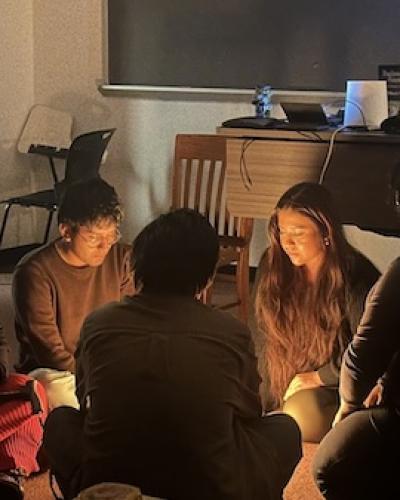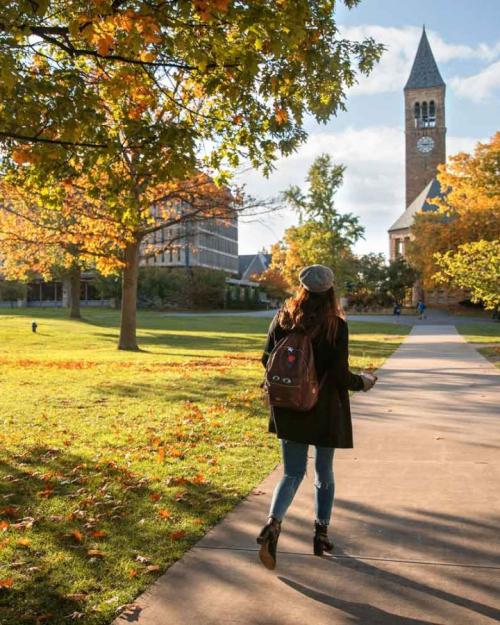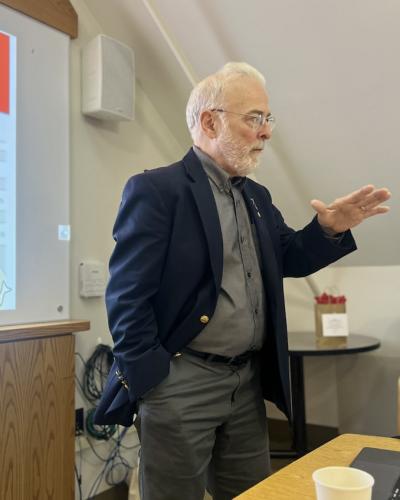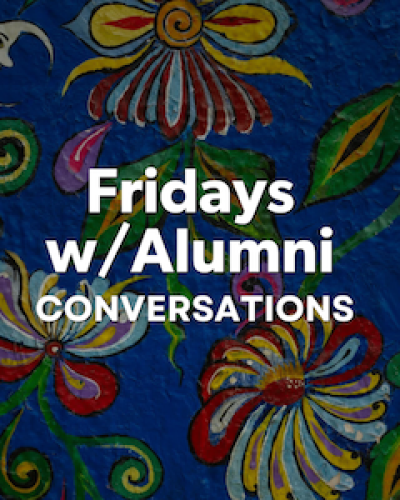
 Department Homepage
The College of Arts & Sciences
Department Homepage
The College of Arts & Sciences
Students broaden their perspective of ‘Caribbean Urbanisms’ through NYC excursion
From September 8-10, students taking a new Spanish literature course traveled to New York City to examine its identity as a Latinx Caribbean diasporic city.



